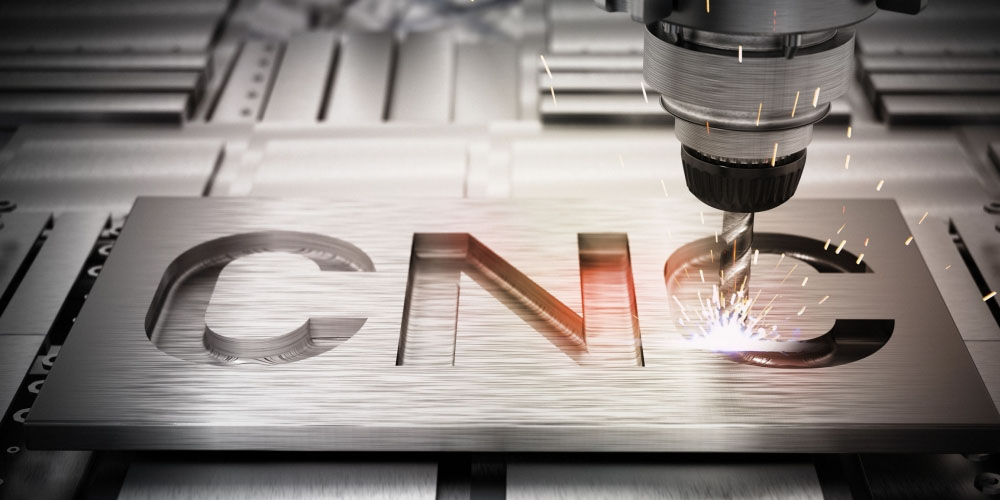CNC has been around since the 1940s and has played a major role in industrialization. When it initially started, all that was there was the use of machines during production. Presently, there has been the addition of computer aid design (CAD) which has increased the efficacy of CNC. Here is how CNC, with the help of CAD, has changed manufacturing.
1. Speed and efficiency
Before the introduction of CNC milling, mills would be run by workers. The production process would take days, if not months. If a worker got sick or injured and had no replacement, then the production process would have to stop. The same would happen when shifts were changing or when works had off days. Running a manufacturing plant was tedious. The profits being made were not as much as people thought.
Over the years, however, production is solely run by machines with a few people monitoring it. The production process has been sped up by over 100%. Not only do the machines work faster when computer-operated, but they can also work for 24 hours each day without needing rest. As a result, production levels have risen significantly.
2. Repeatability
The one thing you can be sure of when working with CNC is the fact that all the parts you get will be uniform. The machines work according to the measurements set in them, and all the products will come out looking the same. Humans working on products are bound to make errors in judgment, especially if they are working on a number of products. If a production line has more than one person, the products will not look the same. Machines do not make such errors, and one can be sure of uniformity in the final products.
3. Scalability
If you are looking for a way to mass-produce anything, CNC milling is the way to go. The machines can produce items on a large scale at any given time, which traditional manufacturers could not. It is one of the main reasons manufacturers can sustain their customer’s demands.
4. Prototyping
Before any product can be mass-produced, a prototype has to be created to see if the product works. Doing this by hand will cost a lot of time and money. Working on a CNC prototype, on the other hand, doesn’t take too long. You can have a couple of sample products to try out before you decide to mass-produce.
5. Less waste
The greatest thing that came from CNC milling is reduced waste. In a traditional manufacturing plant, if a person makes a mistake on a product, the entire line would have to get thrown out together with the raw materials. Machines are known to make no such errors. They are programmed to make products with as little waste as possible. In doing so, the manufacturers make maximum profits from the materials they had sourced.
Take-Home
The manufacturing industry is an essential part of today’s world. Almost all the products we use are from a manufacturing plant. For this reason, ensuring efficiency, speed and scalability are very important to the manufacturer. CNC milling delivers on all that, which makes it the center of the manufacturing revolution. Click here https://www.china-machining.com/services/cnc-machining/cnc-turning/ if you want to learn more.

